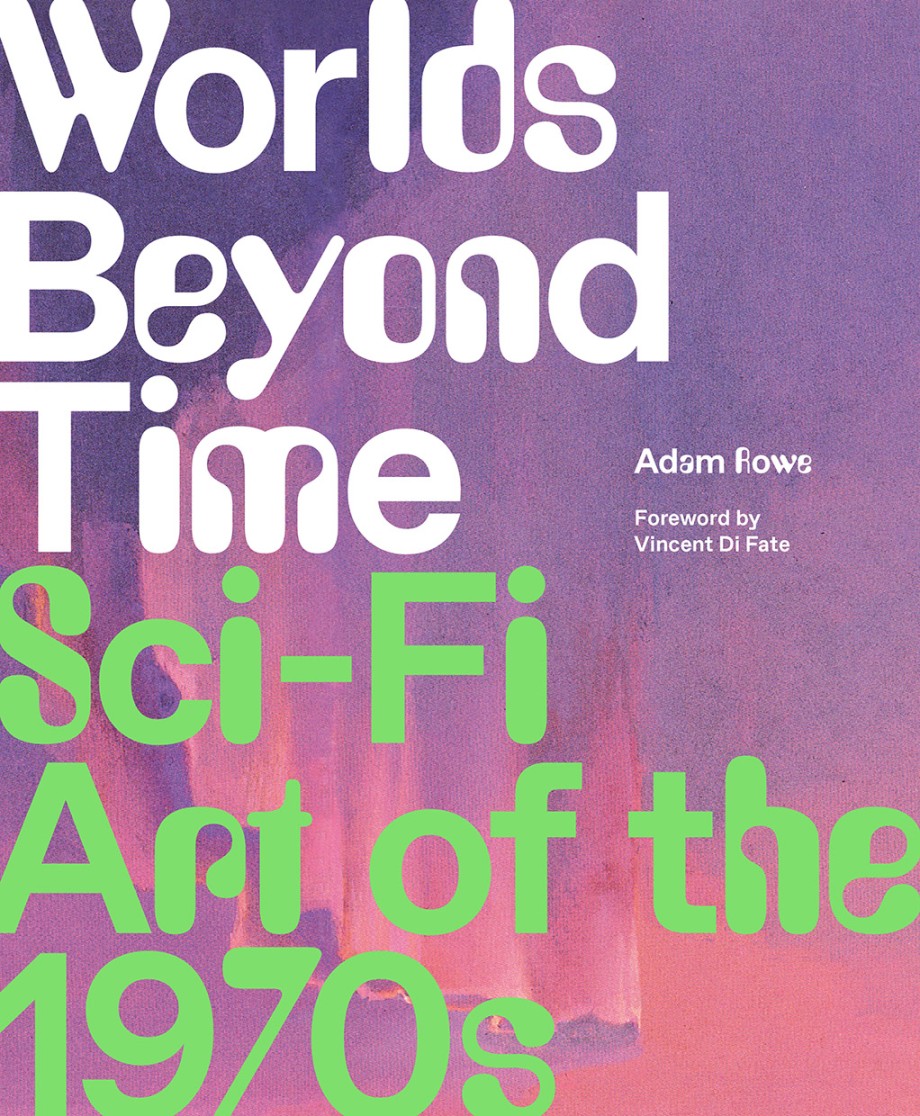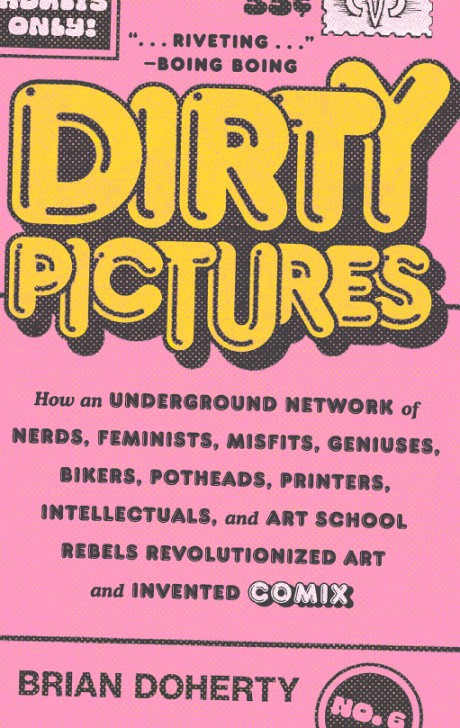Worlds Beyond Time is the definitive visual history of the spaceships, alien landscapes, cryptozoology, and imagined industrial machinery of 1970s paperback sci-fi art and the artists who created these extraordinary images.
This collectible volume is a loving tribute to a unique and robust art form whose legacy lives on, both in nostalgic appreciation as well as the retro-chic design of mainstream sci-fi films such as Guardians of the Galaxy, Alien: Covenant, and Thor: Ragnarok.
In the 1970s, mass-produced, cheaply printed science-fiction novels were thriving. The paper was rough, the titles outrageous, and the cover art astounding.
Over the course of the decade, a stable of talented painters, comic-book artists, and designers produced thousands of the most eye-catching book covers to ever grace bookstore shelves (or spinner racks). The pieces commissioned for these covers often had very little to do with the contents of the books they were selling, but by leaning heavily on psychedelic imagery, far-out landscapes, and trippy surrealism, the art was able to satisfy the same space race–fueled appetite for the big ideas and brave new worlds that sci-fi writers were boldly pushing forward.
In Worlds Beyond Time: Sci-Fi Art of the 1970s, Adam Rowe—who has been curating, championing, and resurrecting the best and most obscure art that 1970s sci-fi has to offer on his blog 70s Sci-Fi Art—introduces readers to the biggest names in the genre, including Chris Foss, Peter Elson, Tim White, Jack Gaughan, and Virgil Finlay, as well as their influences.
Packed with gorgeously reproduced art, this book also includes deep dives into the subject matter that commonly appeared on these covers—spaceships, alien landscapes, fantasy realms, cryptozoology, and heavy machinery.
Praise
“[…] Rowe’s obvious love for the form animates the volume, and makes a powerful case for how this period continues to influence the genre’s aesthetic. Sci-fi fans of all stripes will be delighted.”Publishers Weekly
—









